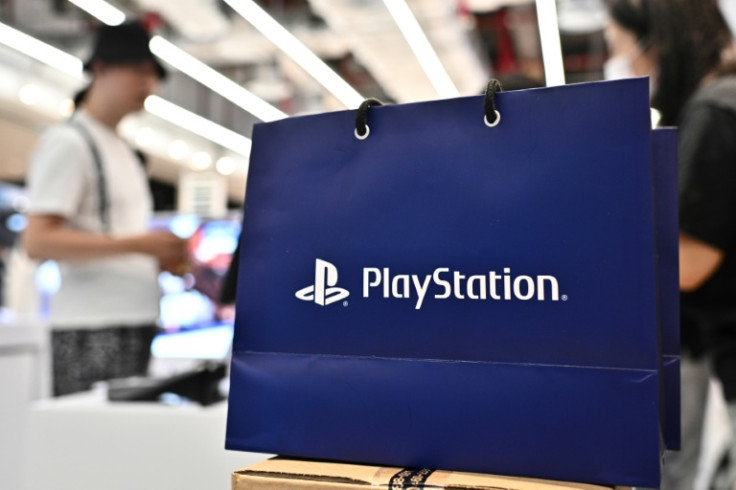Tariffs Set To Level Up Game Console Prices

The US tariffs barrage and the bounding cost of producing games have prompted manufacturers like Sony and Microsoft to announce price hikes on consoles, in an industry shift experts say is set to last.
Sony's 2020-vintage Playstation 5 has seen its price hiked by tens of dollars worldwide in recent weeks, a move matched on Microsoft's Xbox Series X.
While tech products usually fall in price as their release date fades into the past, games industry analysts say these are clear impacts of US President Donald Trump's border levies on major trading partners.
Last year, "75 percent of all consoles shipped to the US... were made in China," market research firm Niko Partners wrote in an April note.
Niko Partners analyst Daniel Ahmad said Microsoft's global price hike aims "to soften the actual price increase in the US, which is Xbox's largest market" -- and the only one affected by Trump's swingeing tariffs on imports from China.
Nintendo's hotly anticipated Switch 2 console appears for now to be spared a big price hike ahead of its June 5 release.
The Japanese heavyweight moved some production to Vietnam in 2019 -- a country hit by Trump with 46 percent additional tariffs which have been delayed for 90 days.
If Vietnam does face such a steep trade bill "we're looking at costs increasing by hundreds of dollars" for every console, industry specialist Christopher Dring warned last month on his website "The Game Business".
The United States and China agreed on Monday to reduce massive tit-for-tat tariffs, also for 90 days -- but the effect of the temporary pause on the games industry remains to be seen.
As well as console hardware, games software is getting pricier too.
Fans reacted angrily when Nintendo announced that flagship Switch 2 game "Mario Kart World" would bear its highest-ever price tag of $80 in the US and up to 90 euros ($102) across the Atlantic.
Microsoft plans to increase prices of games developed by its studios to as much as $80 -- a $10 hike.
"These price points are set to become industry standard over the next two years," Niko Partners predicted.
Behind the sticker shock is a crisis in growth for the games industry over the past two years, leaving developers scrambling to protect their profitability.
For many gamers, especially the younger generation, that may mean cutting back.
"I'm going to have to be a lot more selective" about purchases, said Nassim Amegrissi, an 18-year-old high school student in Paris.
He said he had already decided to "pass" on the Switch 2, priced at 470 euros ($450 in the US).
Matthieu Rodolphi, a 31-year-old French policeman, said price would be "the deciding factor" in which titles he picks up.
Many gamers are turning to releases from smaller studios that are often less prohibitively priced, such as "Split Fiction" or surprise hit "Clair Obscur: Expedition 33", both of which have shifted millions of copies.
Other fans are signing up to major console makers' subscription services that allow access to a library of titles on demand for around 15 euros per month.
Even with prices soaring, most experts agree that games are in fact historically affordable when looked at in real terms.
Taking inflation into account, many consoles were far more expensive in the past, such as the 600-euro release price of the 2007 PlayStation 3 that would today put it at over 700 euros.
"Game prices have never been lower in real terms than they are today," said Matthew Ball of consultancy Epyllion in a report on the state of the games industry in 2025.
By contrast, "development costs have as much as tripled over the past five years," Dring wrote.
If sold at $70 -- the standard price for new video games in the United States -- Grand Theft Auto VI "would be the cheapest-ever GTA" in real terms, Ball said.
But the game cost significantly more to produce than the previous instalments, which is why Ball expects it to break the $100 psychological barrier when it is released in May 2026.
© Copyright AFP 2025. All rights reserved.




















